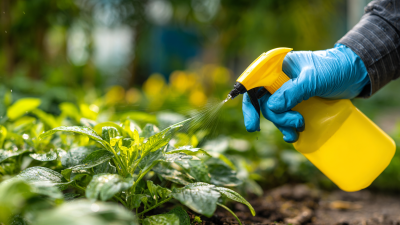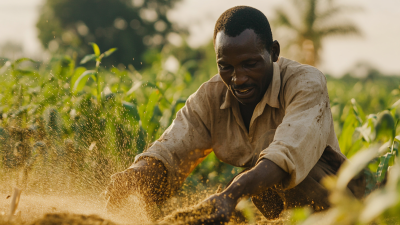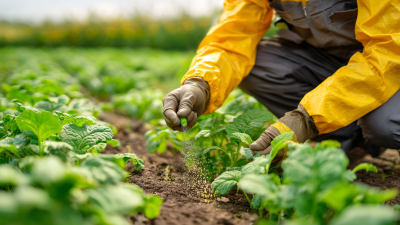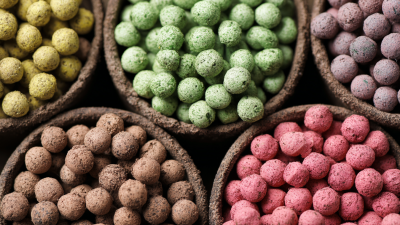 0551-68500918
0551-68500918 





Lately, Carbaryl Liquidhas really been catching everyone's attention in farming circles. People are recognizing just how effective it is at controlling pests. If you look at the latest reports from Markets and Markets, the worldwide Insecticide Market is expected to hit aroundUSD 23.7 billion by 2025 – and a big part of that growth is because farmers are now more eager than ever to find quick, reliable solutions for pest management that also align with sustainable farming practices. 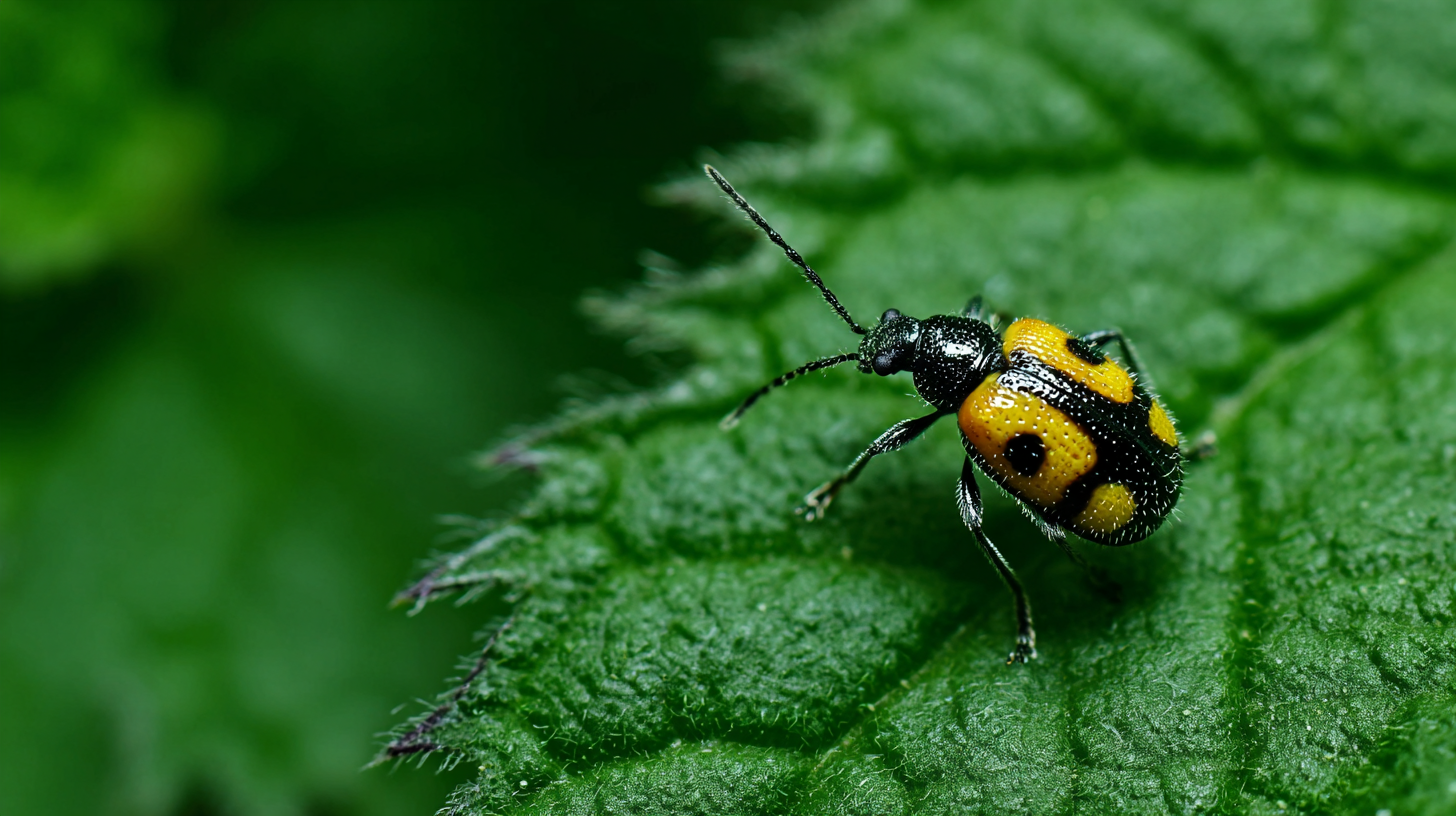 Carbaryl, which is a type of carbamate insecticide, works by messing with the insects’ nervous systems, making it a go-to choice for tackling a whole bunch of different pests. One company that's really stepping up in this space is Innovation Meiland (Hefei) Co., LTD., based out of Hefei, China. They're constantly developing new Pesticide Formulations and techniques, focusing on making products likeCarbaryl Liquid more effective and safer. Basically, they’re trying to meet the growing demand for smarter farming tools while also keeping an eye on eco-friendliness.
Carbaryl, which is a type of carbamate insecticide, works by messing with the insects’ nervous systems, making it a go-to choice for tackling a whole bunch of different pests. One company that's really stepping up in this space is Innovation Meiland (Hefei) Co., LTD., based out of Hefei, China. They're constantly developing new Pesticide Formulations and techniques, focusing on making products likeCarbaryl Liquid more effective and safer. Basically, they’re trying to meet the growing demand for smarter farming tools while also keeping an eye on eco-friendliness.
Carbaryl is a pretty popular insecticide, especially in pest control, and folks really appreciate how effective it is. Basically, its chemical makeup includes a carbamate group—that’s a key bit that influences how it works. The way it does its thing is mostly by stopping an enzyme called acetylcholinesterase (AChE) from doing its job. This enzyme is super important because it keeps acetylcholine levels in check at nerve synapses. When Carbaryl blocks AChE, acetylcholine starts piling up, which leads to nerve signals just going haywire in insects. That causes them to get paralyzed and eventually die, which is exactly what you want when dealing with pests.
Now, making Carbaryl involves a pretty interesting reaction where 1-naphthol reacts with methyl isocyanate. The end result is a compound that’s both powerful and flexible in its use. One of the reasons it’s so effective is that it targets insects pretty specifically, so it tends to be less harmful to mammals and birds. That’s mainly because different species have varied sensitivities to AChE. Understanding how Carbaryl works on a chemical and biological level really helps farmers and pest managers get better results, protecting crops and boosting yields without too much fuss.
So, carbaryl is a type of insecticide that's been pretty much a go-to for farmers for a long time. It belongs to the carbamate family and is known for being pretty effective against a wide range of pests—think aphids, beetles, caterpillars, you name it. According to the folks at the U.S. EPA, it's especially good at knocking down these pests quickly, which is a big help when you're trying to protect crops fast. In fact, a 2021 report from the National Pesticide Information Retrieval System shows that, when used on susceptible insects, carbaryl can kill over 80% of them within just a day. That kind of rapid action can really save farmers from getting caught off guard by pest outbreaks.
Now, when it comes to safety, things get a little more complicated. Studies have shown that carbaryl is moderately toxic to mammals, but as long as farmers follow the recommended guidelines, the risks are pretty manageable. A recent review of over 300 scientific studies pointed out that if used responsibly, we can keep its environmental impact in check—so it doesn’t harm beneficial insects or other non-target creatures. All this just goes to show that, with the right practices, farmers can use carbaryl effectively without totally messing up the environment. It really highlights the importance of integrated pest management—it’s all about getting the job done while keeping safety and sustainability in mind.
You know, when we talk about Carbaryl — that pretty common insecticide in the carbamate family — it’s really important to look at how it affects our environment. Sure, it’s great at keeping pests in check, but the fact that it sticks around in the wild is kinda worrying, especially because it might impact animals and plants that aren’t even the target. Researchers have found that Carbaryl does break down over time, mainly thanks to microbes and environmental factors, but how fast that happens can really depend on where you are. This breakdown process actually matters quite a bit because it tells us how long the chemical stays active and what kind of effect it might have on soil health or aquatic ecosystems.
At Innovation Meiland (Hefei) Co., LTD., we’re all about getting the full picture when it comes to how our pesticides interact with the environment. It’s not just about creating powerful solutions; it’s about making sure those solutions are safe for nature too. As we continue to innovate in pesticide tech, we’re super committed to reducing any negative impacts of substances like Carbaryl. By promoting eco-friendly practices and digging into how these chemicals break down naturally, we hope to support effective pest control while also keeping our ecosystems healthy and balanced.
You know, carbaryl is one of those classic insecticides that’s been a go-to for pest control for quite a while now. It’s pretty effective because it works by blocking that enzyme called acetylcholinesterase, which causes the insects’ nervous systems to go haywire—pretty much leaving them paralyzed and eventually causing them to die. The National Institute of Health even pointed out that carbaryl can handle a whole bunch of pests, making it a popular choice both on farms and around homes. Recently, some studies have looked at how carbaryl stacks up against other insecticides like neonicotinoids and pyrethroids. Turns out, while they all mess with pests in similar ways, carbaryl doesn’t stick around as long, which might actually help lower the chances of pests developing resistance over time.
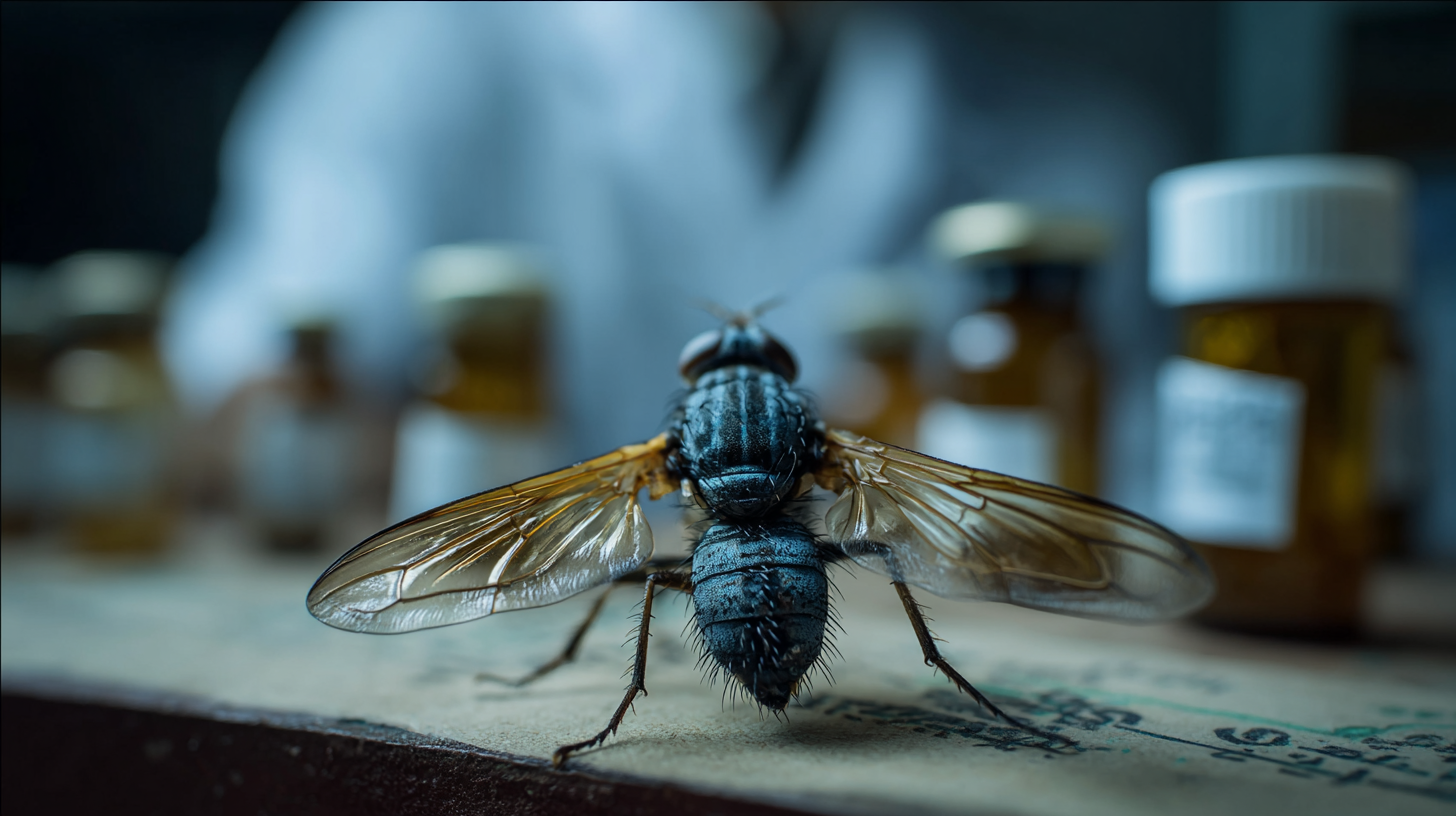
When you’re comparing carbaryl to other common options, it’s not just about how well it kills bugs but also about what it does to the environment. For example, a 2021 study published in Environmental Science & Technology pointed out that neonicotinoids tend to be less toxic to mammals, but they’ve got their own issues—especially with pollinators like bees, which are super important for our ecosystems. On the other hand, carbaryl can be pretty toxic to aquatic life, but the fact that it breaks down pretty quickly in nature makes it a bit less of a long-term problem. Understanding these differences really helps when deciding which insecticide to use—since it’s not just about pest control but also about protecting the environment and maintaining healthy ecosystems, too.
You know, carbaryl is this pretty common insecticide from the carbamate family, but it’s actually been under closer look lately because of concerns about its impact on the environment and our health. The EPA in the U.S. has put some pretty strict safety rules in place to keep things in check when it’s used in farming. For instance, they’ve set the limit for carbaryl in drinking water at 0.1 parts per million—kind of their way of making sure we’re safe while still allowing farmers to use it. On top of that, they review and assess how it affects not just pests but also other important creatures like bees and pollinators.
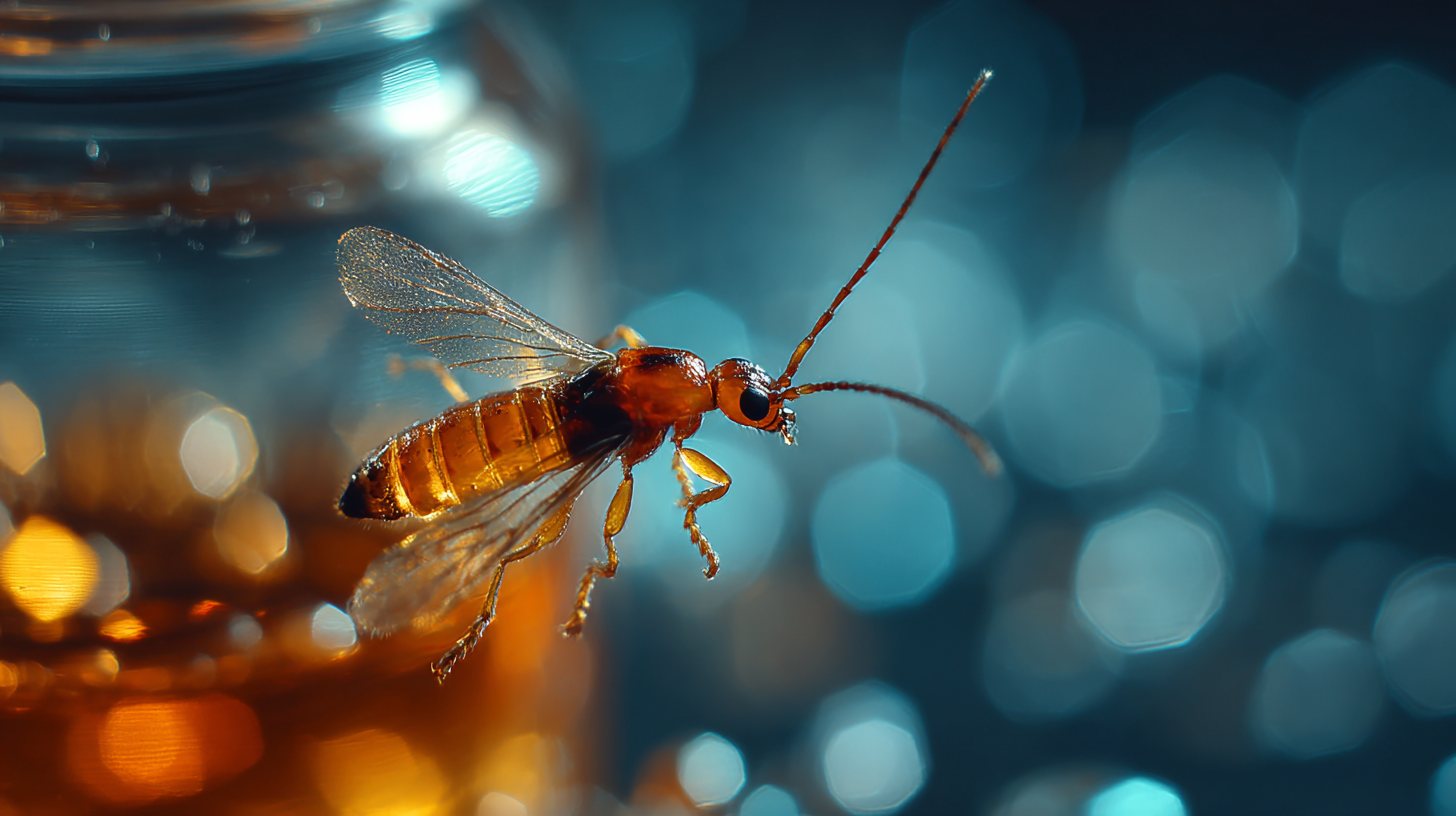
: Carbaryl is a carbamate insecticide that primarily functions by inhibiting the enzyme acetylcholinesterase (AChE), leading to an accumulation of acetylcholine in insect synapses, which results in paralysis and death of pests.
Carbaryl consists of a carbamate functional group and is synthesized from the reaction of 1-naphthol with methyl isocyanate.
Carbaryl is effective against various pests, including aphids, beetles, and caterpillars, making it a common choice in agricultural pest management.
Carbaryl demonstrates a quick knockdown effect, with mortality rates exceeding 80% within 24 hours of application when used on susceptible insect populations.
While Carbaryl is classified as moderately toxic to mammals, exposure levels in agricultural applications are generally considered safe when guidelines are followed, mitigating risks to non-target organisms and beneficial insects.
Carbaryl's environmental impact includes concerns about its persistence and potential adverse effects on non-target species, but it degrades over time through microbial actions and various environmental factors.
The degradation of Carbaryl varies depending on local conditions, with studies showing that microbial action and environmental factors play significant roles in its breakdown.
Research at Innovation Meiland focuses on understanding the ecological effects of Carbaryl, including its biodegradation pathways, to promote sustainable practices in pest management.
Carbaryl exhibits selective toxicity, primarily affecting insects while posing lower risks to mammals and birds, which enhances its application in agriculture.
Integrated pest management strategies emphasize the responsible application of Carbaryl, balancing its effectiveness in pest control with safety and sustainability considerations in agricultural practices.
Carbaryl Liquid is a popular insecticide that many folks rely on, thanks to its proven effectiveness and unique way of working — it messes with the nervy systems of pests. It's a key player in farming and crop protection, and there's plenty of safety data backing up its use, showing it's both effective and compliant with regulations. At Innovation Meiland (Hefei) Co., LTD., they keep pushing the envelope, always researching and coming up with safer, better formulas for pest control. It’s all about finding solutions that work well but also keep the environment in mind.
Speaking of the environment, understanding how Carbaryl interacts with ecosystems — like how it breaks down and its overall impact — is super important if we want sustainable farming practices. When you compare Carbaryl Liquid to other insecticides, you start to see what makes it stand out, along with some of its potential downsides. All in all, diving into what makes Carbaryl tick helps not just in managing pests more effectively but also supports Meiland’s goal of pioneering safer, smarter agriculture solutions. It’s like a balance between getting the job done and doing the right thing for the planet.
